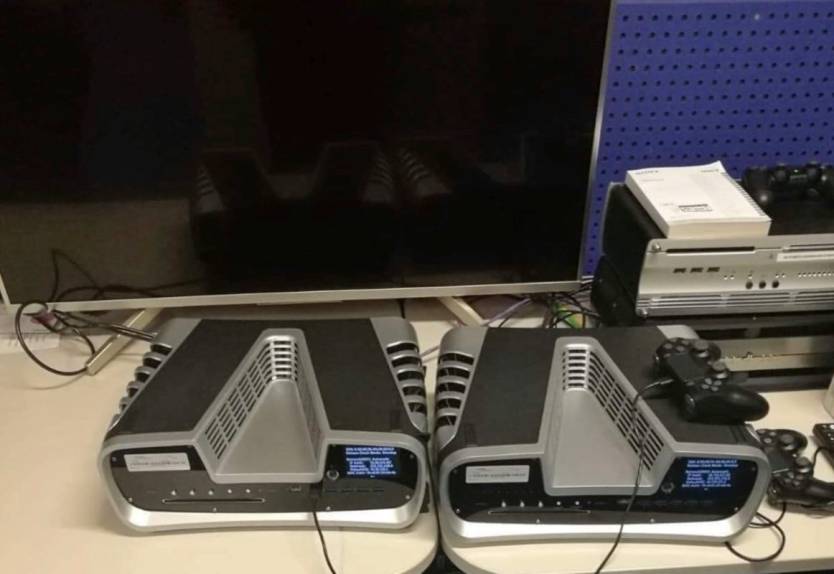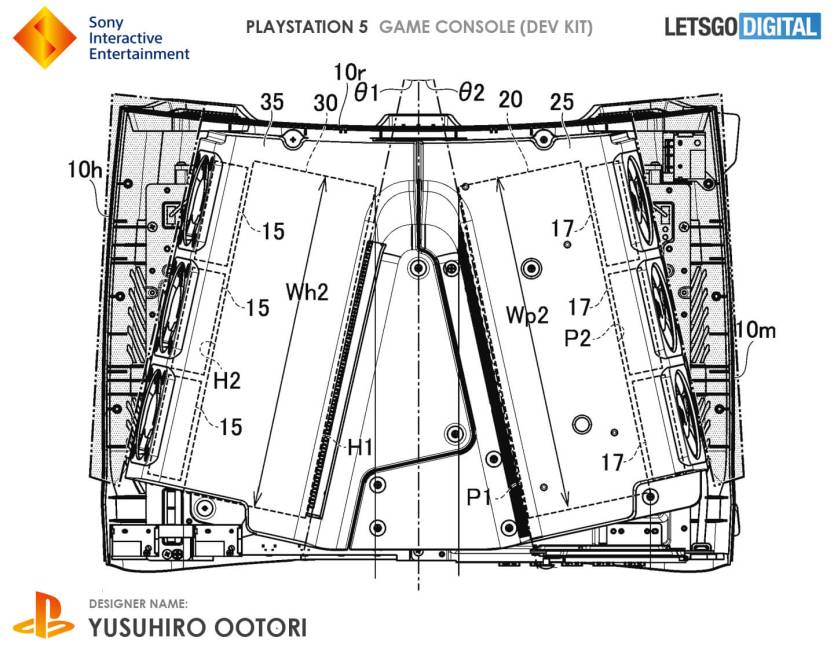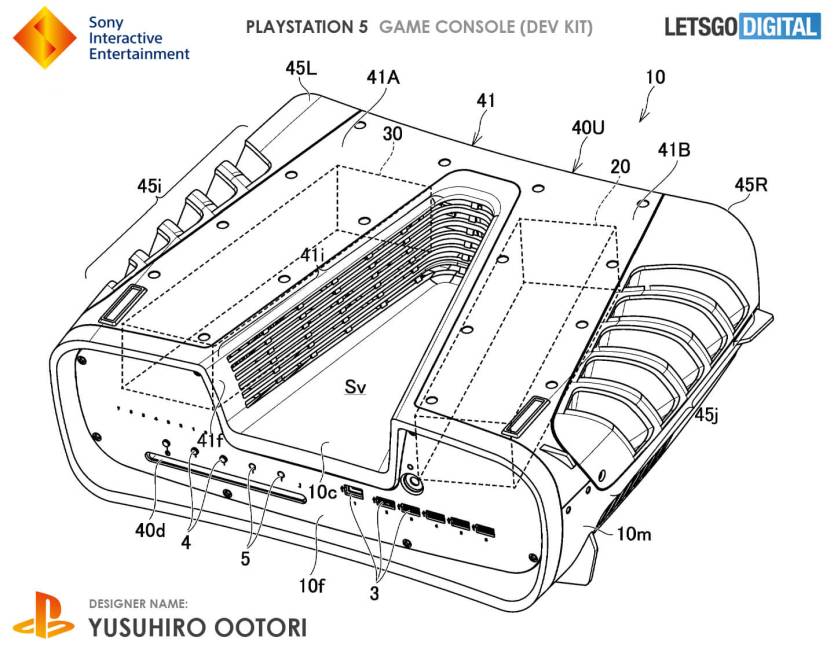- The PS5 news that you were waiting for has been delayed due to the ongoing protests in the US, but Sony will hold an event soon.
- The PlayStation 5 design might not be unveiled at the show, but a new Sony patent reveals an intriguing detail about an already confirmed PS5 console.
- The PS5 development kit that leaked last year may have had an essential purpose for Sony, new documentation reveals. The dev kit may have been used to test the cooling system that Sony might use in the final design.
Microsoft unveiled the Xbox Series X design in mid-December during a gaming event, in a surprising move for the industry. But Sony failed to respond, keeping the PlayStation 5 design still secret. The company just postponed the PS5 event it had scheduled for this week, in light of the ongoing protests against police brutality. But we were never expecting the PS5 design to be shown during the online-only keynote. Sony’s marketing strategy differs from Microsoft, and the PS5 design reveal could come later down the road. We do know how the PS5 development kit looks like thanks to a flurry of leaks from last year. A patent revealed a console design unlike anything Sony made so far, and all the leaks that followed confirmed the existence of such a product. We even wondered whether that’s actually the PS5 design that Sony will eventually choose for the console, as the PS5 dev kit was a lot more elaborate than previous PlayStation test units. Why would Sony go through all the trouble of building that unusual PS5 case and ship it to developers if it wasn’t going to use it? And why would Sony patent the contraption? It turns out there may be a reasonable explanation for Sony’s wild PS5 dev kit design, and it’s all coming in the form of a different patent.
The folks at Dutch blog LetsGoDigital discovered a new Sony patent that describes a crucial functionality detail for the PS5 dev kit design, and that’s the elaborate cooling system of the device.

We speculated a few months ago that the PS5 dev kit design might show the actual PS5 design — from our post at the time:
The V design serves two purposes. First of all, it’s an indication you’re looking at the PS5, with “V” being the Roman numeral for 5. Secondly, the V architecture might help with cooling. That whole elaborate design seems to favor the quick intake of air, which would run through the device and cool down the high-end hardware. It also should help dissipate heat more efficiently.
The new Sony patent does indicate that the V-shaped PS5 dev kit is supposed to house two cooling systems, one placed in each arm of the V, as seen in the following images.

Here’s how Sony describes the cooling elements of the console:
An electronic device has a plurality of cooling fans for supplying air to a heat sink. The plurality of cooling fans create air flows that pass through the heat sink from a first side of the heat sink toward a second side of the heat sink. The heat sink is disposed oblique to the left-right direction and the front-rear direction of the electronic device. An exterior member has an intake port formed along the first side of the heat sink and oblique to the front-rear direction and the left-right direction. […]
A heat sink is disposed on a microprocessor mounted on a circuit board. A cooling fan is disposed upstream of the heat sink, and a power supply unit is disposed downstream of the heat sink. Air sent out from the cooling fan passes through the heat sink, passes through the power supply unit, and is discharged to the outside.
We already know that both the PS5 and Series X will share similar hardware, and both consoles will need robust cooling systems. That could very well be the reason why Sony went for that stunning dev kit design to test it all out.

A Bloomberg story in mid-April indicated that the PS5 cooling system would be more expensive than usual, because of the new hardware:
Most of the components for the console have been locked down, the people said, including the cooling system, which is unusually expensive at a few dollars per unit. Typically, companies would spend less than a dollar, but Sony opted to lavish more on making sure heat dissipation from the powerful chips housed inside the console isn’t an issue.
A report in early April said that Sony was encountering serious cooling issues with the PS5 design and that Sony was considering a redesign. Insiders disputed those rumors at the time.

The new patent does make it clear that Sony had been aware of the cooling requirements for the new CPU/GPU components, and has been looking at ways to increase the airflow in the console. The real purpose of the PS5 dev kit may have been to test the heat dissipation system that Sony created for its next-gen consoles. The final PS5 design might look nothing like the dev kit, but it could still incorporate a version of the cooling tech described in the patent. We’ll have to wait for teardowns of the PS5 to see how the cooling system looks like.








